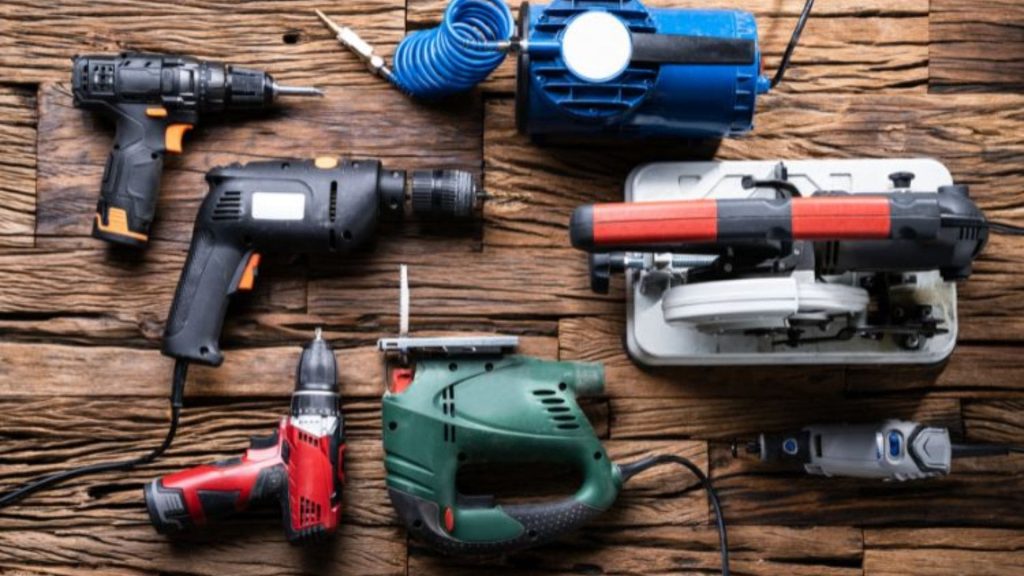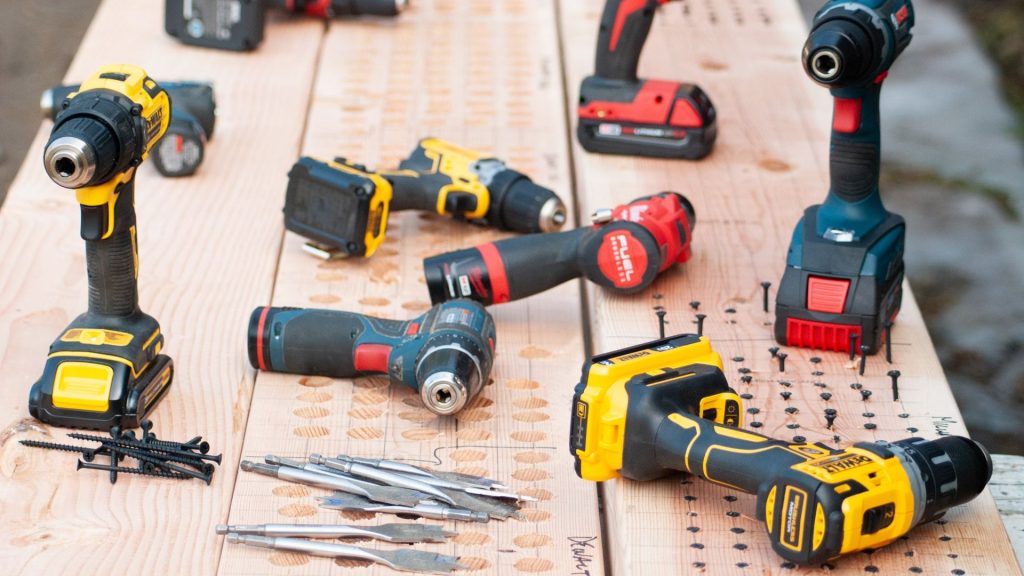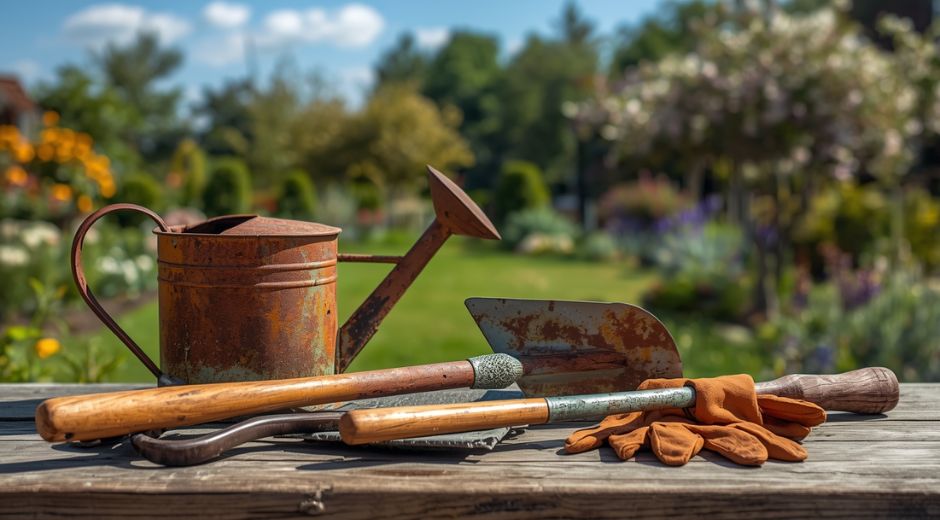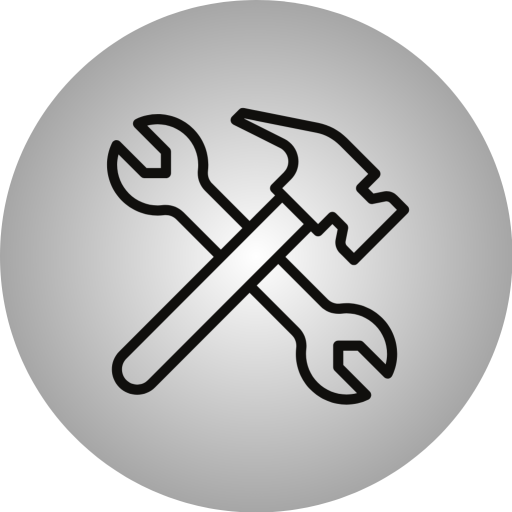6 Must-Have DIY Safety Gear Items for a Safer Home Workshop
6 Must-Have DIY Safety Gear Items for a Safer Home Workshop
Safety is the foundation of every successful DIY project. Whether you are building furniture, painting, or doing minor home repairs, having the right safety gear can prevent accidents, injuries, and long-term damage. Many DIYers overlook essential protective equipment, but investing in quality gear ensures a safer, more efficient, and stress-free experience. In this guide, we’ll cover six must-have DIY safety gear items that every home workshop should have.
1. Safety Glasses or Goggles
Protecting your eyes is crucial. Safety glasses or goggles shield your eyes from dust, debris, and chemicals. When cutting wood, drilling, or sanding, flying particles can cause serious injuries. Look for impact-resistant lenses and comfortable frames that fit securely. Anti-fog coatings are an added bonus, ensuring you can work clearly without distractions.
2. Work Gloves
Hands are involved in almost every DIY task, making work gloves essential. Gloves protect against cuts, splinters, and chemical exposure. Choose gloves that are durable yet flexible, allowing for dexterity when handling tools and materials. Leather, synthetic, or nitrile options are suitable depending on the type of project.
3. Ear Protection
Power tools, saws, and drills can generate high decibel levels, potentially causing long-term hearing damage. Earplugs or earmuffs reduce noise exposure and improve focus. Comfortable, reusable options are ideal for longer projects. Maintaining good hearing is crucial, especially for frequent DIY enthusiasts.
4. Respiratory Masks
Dust, fumes, and chemical vapors can be hazardous to your lungs. Respiratory masks filter harmful particles and provide clean air while painting, sanding, or working with adhesives. For woodworking, a standard dust mask may suffice, but chemical-resistant respirators are recommended for painting or handling strong solvents.
5. Protective Clothing
Long sleeves, durable pants, and aprons add an extra layer of protection. They prevent cuts, burns, and chemical splashes from reaching your skin. Clothing made of thick cotton or specialized materials ensures comfort while providing safety. High-visibility vests are also useful for larger workshops or outdoor projects.
6. First Aid Kit
Accidents can happen even when taking precautions. A well-stocked first aid kit is a must for treating minor cuts, burns, or scrapes immediately. Include bandages, antiseptics, tweezers, gloves, and burn cream. Keeping a first aid kit nearby ensures you can respond quickly, minimizing downtime and preventing infection.
Practical Tips for DIY Safety Gear
Check Gear Regularly: Inspect goggles, gloves, and masks for wear and replace when needed.
Fit Matters: Properly fitted gear is more effective and comfortable to wear.
Layer Protection: Use multiple safety items together (e.g., gloves + goggles + mask) for comprehensive safety.
Stay Informed: Learn how to properly use tools and protective equipment.
Breaks for Awareness: Taking breaks reduces fatigue and keeps your mind alert. Inspiration from moviefil.com can help you stay refreshed during long projects.
Additional Benefits of Proper Safety Gear
Using the right safety gear doesn’t just prevent injuries; it improves confidence, focus, and project quality. You can handle materials and tools with precision, reduce mistakes, and work longer without fatigue. Additionally, teaching family members about safety gear creates a culture of responsibility in the home workshop.
Conclusion
Investing in DIY safety gear is essential for anyone working on home projects. Safety glasses, gloves, ear protection, respiratory masks, protective clothing, and a first aid kit are six fundamental items that every DIYer should have. Using these items correctly ensures that your projects are not only successful but also safe, enjoyable, and stress-free.
Extra Tips After Conclusion
Organize Your Space: Keep tools and materials tidy to reduce hazards.
Maintain Tools: Sharp, clean tools are safer and easier to handle.
Lighting Matters: Adequate illumination reduces errors and accidents.
Creative Breaks: Refresh your mind and stay inspired by checking moviefil.com during longer sessions.
Final Touches: Inspect your workspace before leaving to prevent lingering hazards.
The Pulse of Repairs

Sealing Tape Uses for Waterproof DIY Repairs
Sealing Tape Uses for Waterproof DIY Repairs

Floor Screed Basics for Level, Durable Surfaces
Floor Screed Basics for Level, Durable Surfaces

Wall Anchors That Support Heavy Home Fixtures
Wall Anchors That Support Heavy Home Fixtures












